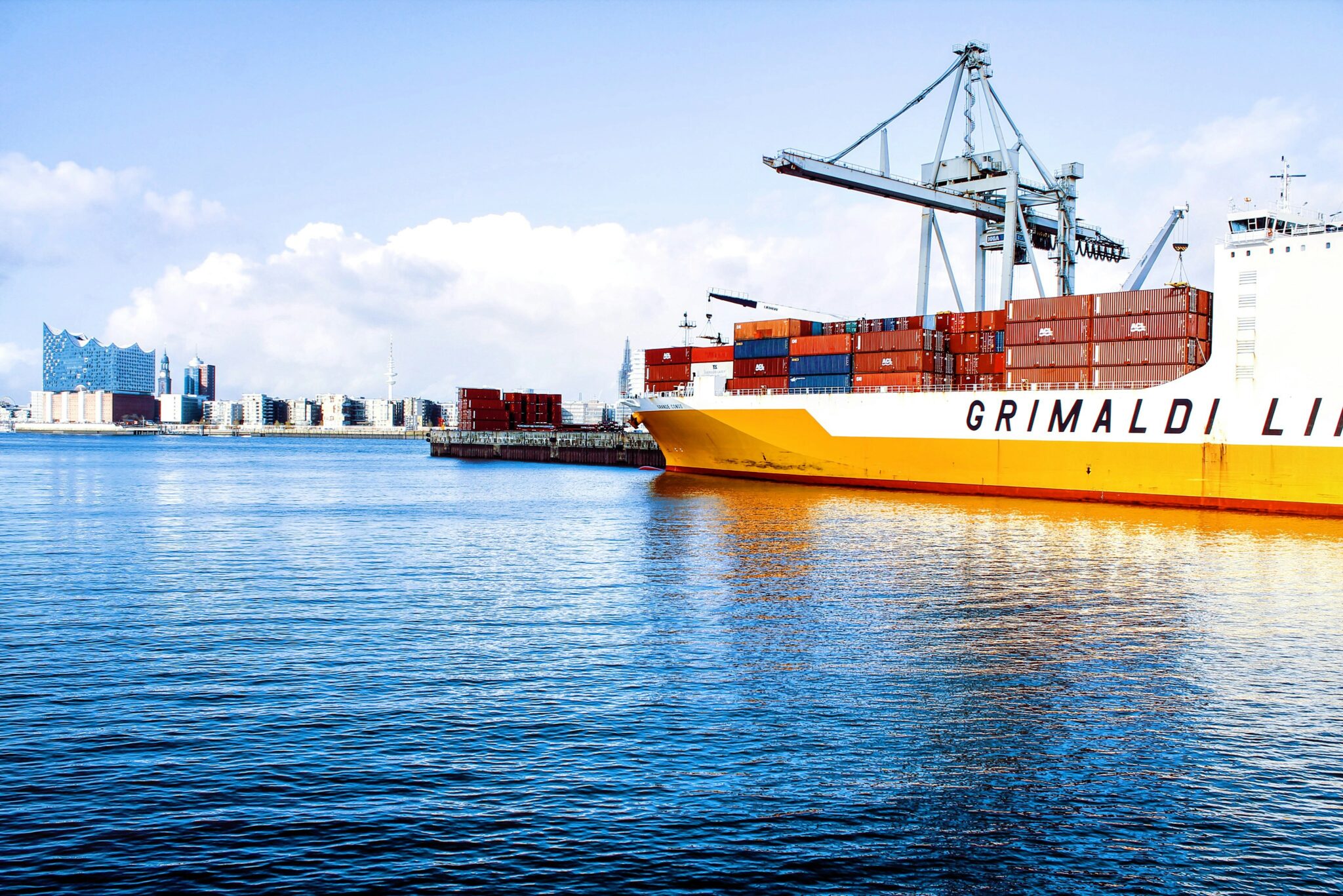Here, we present six invaluable tips to ensure that your next international shipping experience is not only smooth but successful.
The world is more connected than ever, and with the global economy booming, international shipping is on the rise. Whether you’re a small business looking to expand globally or an individual enjoying the convenience of online shopping from overseas, shipping items across borders can be both exciting and daunting. The logistics involved in international shipping are complex, encompassing everything from understanding diverse customs regulations to selecting the most reliable shipping carriers. Here, we present six invaluable tips to ensure that your next international shipping experience is not only smooth but successful.
1. Carrier selection: Choosing the right partner
When selecting a carrier for international shipping, it’s crucial to consider their reliability, cost, delivery times, and range of services. For destinations like New Zealand, which might have specific entry requirements and rural delivery considerations, finding a carrier that offers secure shipping solutions to New Zealand becomes paramount. Research thoroughly to compare various carriers, factoring in their experience with international regulations and their ability to provide detailed tracking information.
It’s also advisable to read reviews and testimonials from other customers who have shipped to your intended destination. This can give you insights into the carrier’s ability to handle customs efficiently and deliver items in good condition. Remember, the goal is to ensure your shipment arrives safely and on time, which ultimately reflects well on your business or satisfies your personal needs.
2. Documentation: The pathway across borders
Proper documentation is key to successful international shipping, ensuring smooth customs processes and avoiding delays or penalties. Essential paperwork includes a detailed invoice, packing list, and sometimes special licenses or permits. Since each country has its regulations, it’s crucial to understand the requirements of your destination country. You can usually find specific documentation information on the carrier’s or the destination country’s customs website.
It’s equally important to ensure that all your documents are accurately filled out and presented in a clear, legible manner. Any discrepancies or missing information can result in customs holding your shipment, thereby causing delays and potentially incurring additional charges. Investing time in getting the paperwork right is not just about compliance; it’s about ensuring a seamless transit of your goods across international borders, leading to a stress-free shipping experience.
3. Proper packaging: The foundation of safe shipping
It’s not just about wrapping your goods; it’s about choosing the right type of packaging material that can withstand the rigors of transit. For fragile items, consider double-boxing and using ample cushioning materials like bubble wrap or foam inserts. The goal is to prevent movement inside the package during transport, which could lead to damage. Additionally, make sure that the external packaging is sturdy and properly sealed. Use high-quality packing tape and reinforce all seams and edges to protect against rough handling.

When packaging for international shipping, consider environmental factors like temperature changes, humidity, water exposure, and long storage times that can damage your package. Using waterproof materials and desiccants can reduce these risks. Label your packages clearly, including warnings for fragile items. Proper labeling aids handlers and helps customs officials, ensuring smoother processing and fewer delays.
4. Shipping regulations: Navigating a legal maze
Understanding shipping regulations is key to avoiding legal issues and optimizing international shipping. Laws on imports and exports differ by country, with various restrictions, tariffs, and taxes impacting shipment costs and feasibility. It’s crucial to research or consult an expert on the regulations relevant to your goods and destination. This effort prevents legal troubles and informs you about potential duties and taxes, enabling accurate budgeting and pricing.
Staying ahead involves leveraging your shipping carrier’s resources, which often include teams to help with regulatory compliance. Additionally, taking advantage of international trade agreements and treaties can offer benefits like reduced tariffs for businesses shipping between member countries. Keeping up with these agreements can lead to competitive advantages and smoother operations globally. Remember, compliance responsibility lies with the sender, so it’s vital to stay informed and proactive in navigating international shipping laws.
5. Tracking and insurance: Never ship without it
Once your shipment is on its way, it’s essential to monitor its progress and ensure that it arrives at its destination safely. Opt for a shipping service that offers comprehensive tracking so you can monitor your shipment’s progress across borders in real-time. This visibility not only helps manage your expectations regarding delivery times but also enables you to promptly address any delays or issues that may arise during transit. Having a clear insight into your shipment’s location and status at all times reduces anxiety and improves your ability to communicate effectively with recipients.
Furthermore, investing in insurance is a prudent decision to safeguard against the unexpected. Despite the best preparations, items can get lost, damaged, or delayed during their international voyage. Shipping insurance offers financial protection and compensation in such scenarios, ensuring that neither you nor your receiver is at a financial loss. When selecting insurance, be sure to understand the terms, conditions, and the claims process. This way, you’re well-prepared to act swiftly if the need arises, providing an additional layer of security to your international shipping endeavors.
6. Communication and customer service: Keeping customers in the loop
Keeping clear, ongoing communication with customers is key to excellent customer service during international shipping. It’s essential to be transparent and set realistic expectations about shipping times, tracking, and possible delays. Giving customers real-time tracking info lets them follow their package’s progress, enhancing their sense of involvement and security. Also, proactively communicating about any delays or issues builds trust and shows your commitment to their satisfaction. Effective communication methods include email updates, SMS notifications, or a dedicated customer service line for questions.
In customer service, it’s crucial to handle inquiries and solve problems quickly. A knowledgeable customer service team, familiar with international shipping details, from customs to regulations, enhances the shipping experience. Encourage feedback and be flexible to meet customer needs, improving service and building lasting relationships with your global customers.
By following these six tips, you can ensure your international shipping experience is as smooth as possible. Remember, preparation and attention to detail are critical in navigating the complexities of global shipping. With the right carrier, proper documentation and packaging, understanding of regulations, effective tracking and insurance, and clear communication with customers, you can set yourself up for success and expand your business reach globally.




























































































































































































